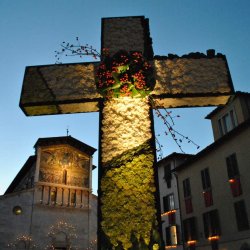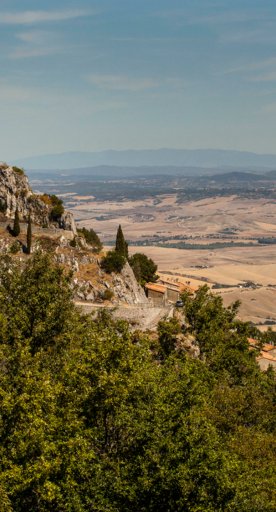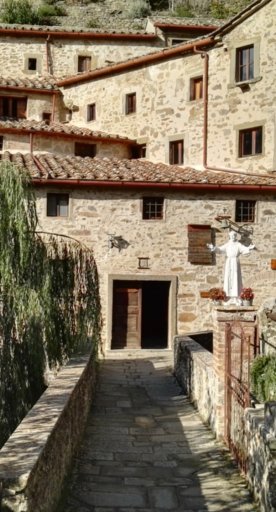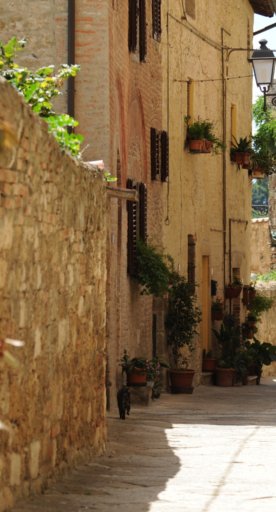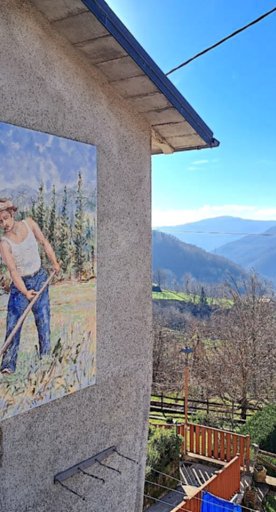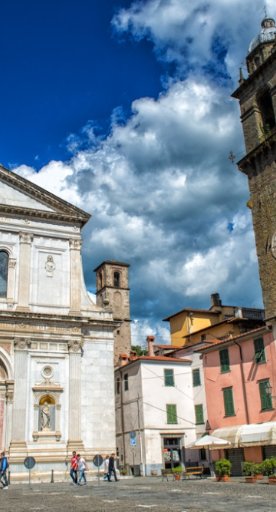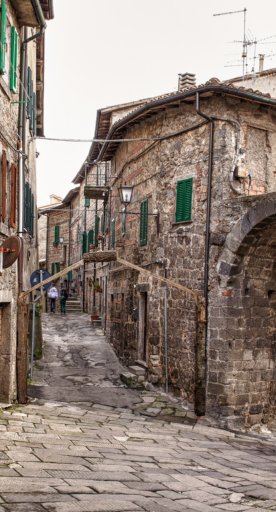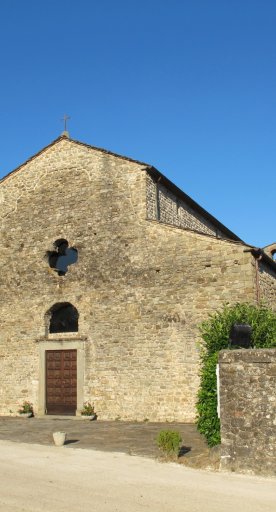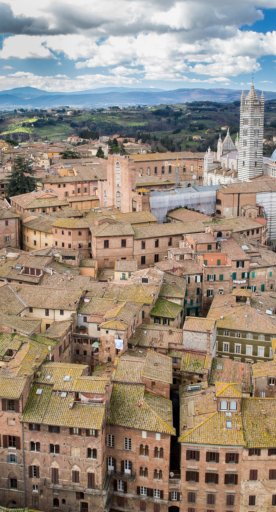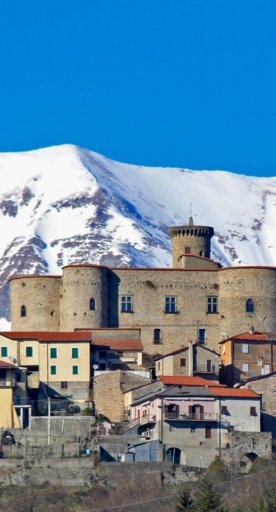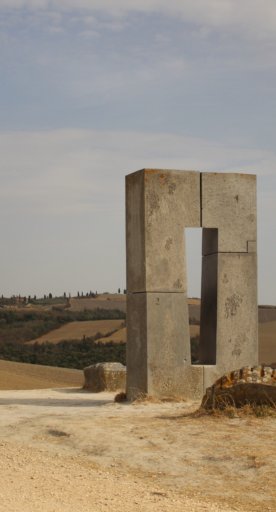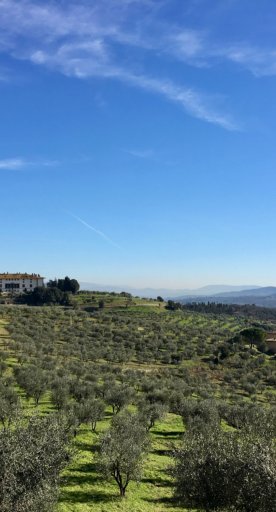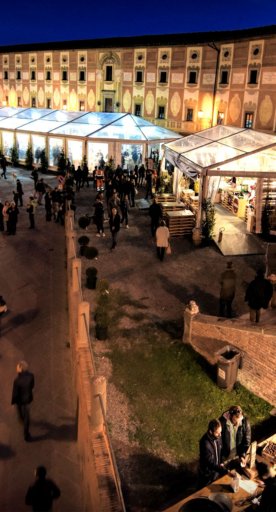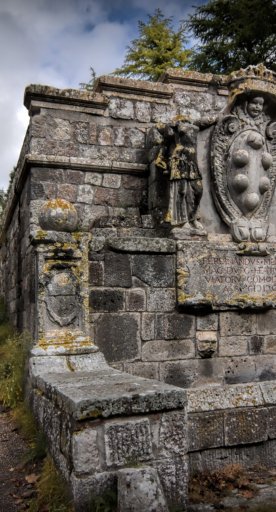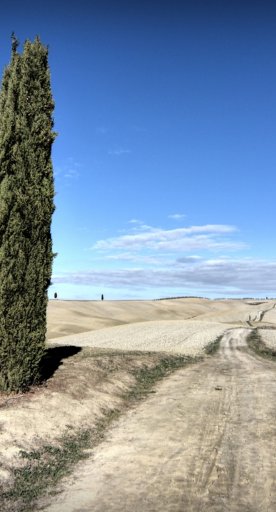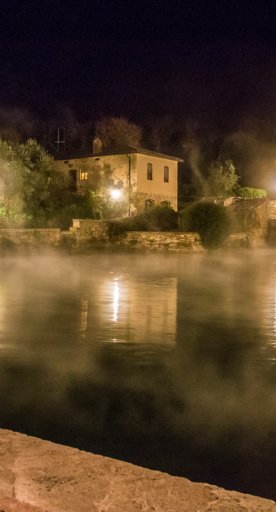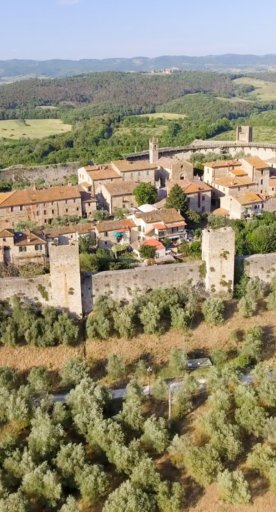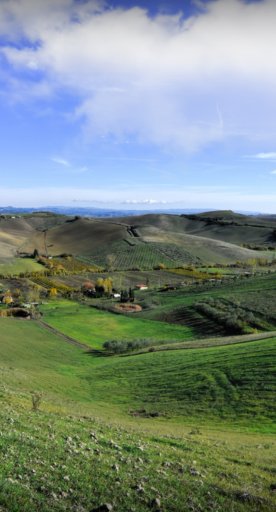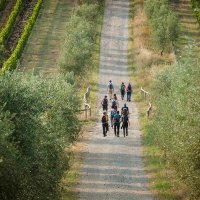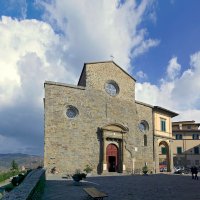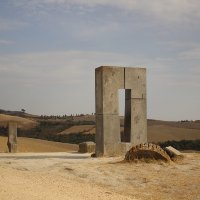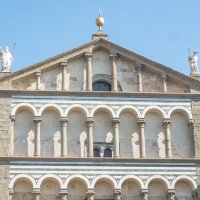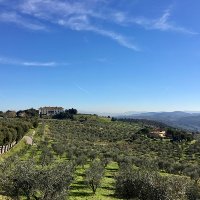Passage through the North gate of Tuscany
Discovering the first leg of the Via Francigena in Tuscany
I have always wanted to experience a walk along the Via Francigena, which for centuries has connected villages along the road to Rome, the center of Christianity. So I was overjoyed when I got confirmation that I had been selected to attend to the Toscana Ovunque Bella project to walk as a pilgrim blogger along the Tuscan section of this medieval itinerary, inspired by the story “The Soul’s Walk”.
The first step of my journey could be none other than Monte Bardone, home to the “door to Tuscany”, as the Passo della Cisa is known. This place is a literal and symbolic border of northern and central Italy, and in the past it has seen millions of pilgrims and merchants walking through, on their way to the second Jerusalem to venerate the Pope, or to trade their goods, stopping here to take advantage of the old hospitality complex named after Santa Maria.
-
1.A tiny church hidden among fir and ash trees
-
2.The “Golden Valley”
-
3.From Cavezzana D'Antena to Groppoli
-
4.Previdè and the Devil Bridge
A tiny church hidden among fir and ash trees
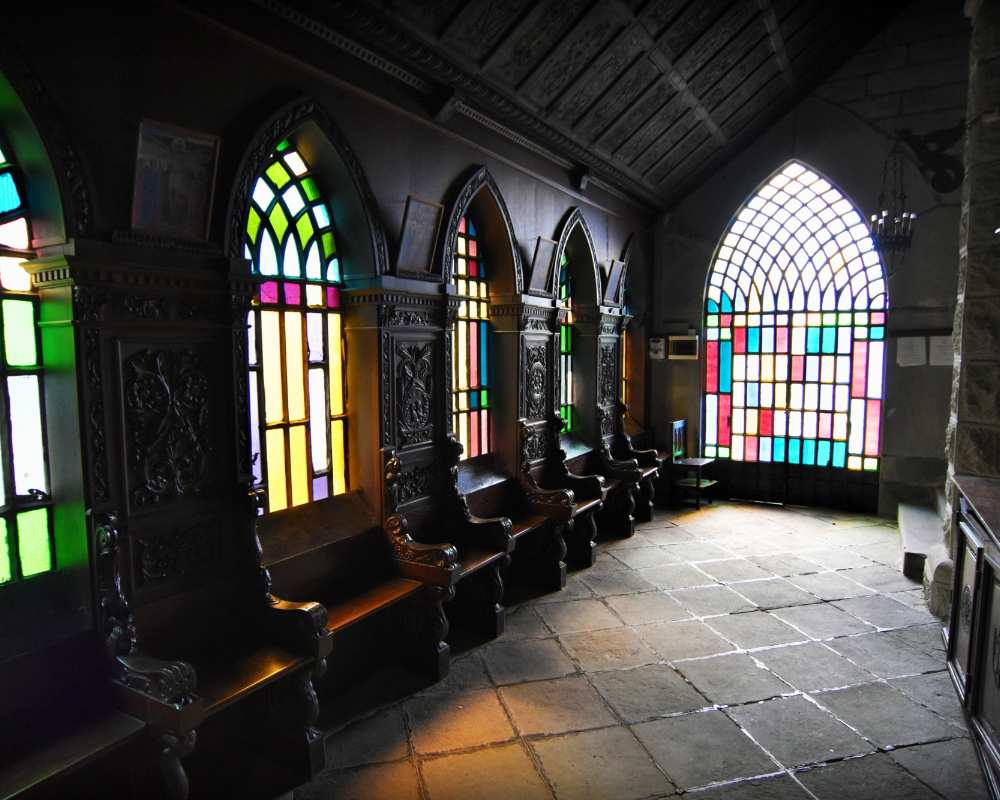
An ocean of clouds was obscuring the underlying woodland valleys, but I could clearly see the snow-clad Apuan Alps surrounding the Pass like a frame. A certain majesty, acquired over centuries of history, emanated from everything in this silent, peaceful place. It has existed for a long, long time: from the moment the Lombards and the Byzantines defined their territories, this area became a borderland.
Here two awe-inspiring gray buildings stand on both sides of the road as protective guards; on the right side, a steep staircase surrounded by fir and ash trees leads to a tiny and beautiful church erected in the first part of the 20th century, named after the global patron saint of athletes: “Nostra Signora della Guardia”. On the 29th of August each year, numerous pilgrims journey here from neighboring towns. The real attraction of this church is its interior, because the stained glass windows that catch all the external light create a sense of magnificence, and I immediately feel connected to my deeper self.
The “Golden Valley”
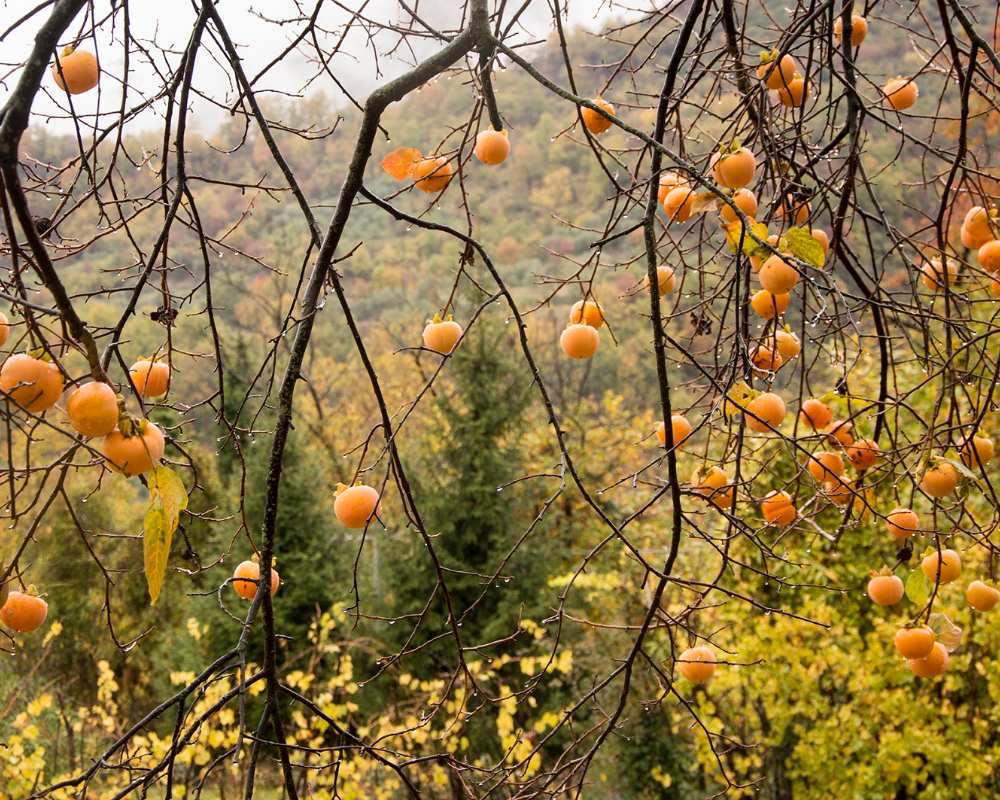
On the left side of the church, an inscribed wooden portal marks the Tuscan entryway to the Via Francigena; from here, a steep incline begins, with the route then moving through a forest of fir, beech and hornbeam trees. In one hour’s walk it leads to the Passo del Righetto, from which I then reached the Monte Cucchero, where it was impossible not to notice the beautiful foliage with the quintessential colors of autumn: from yellow to orange and red to brown on the leaves of the ash trees.
From this height, the overlook offers a view of the valleys of Gravagna, the Upper Val di Magra and the Valdentana; the latter is the one from which the via Francigena descends. This valley is filled with fascinating hamlets made of sandstone slabs, and in the past was called the “Golden Valley” because of its forests, the fresh waters of Magra river, and its fertile ground.
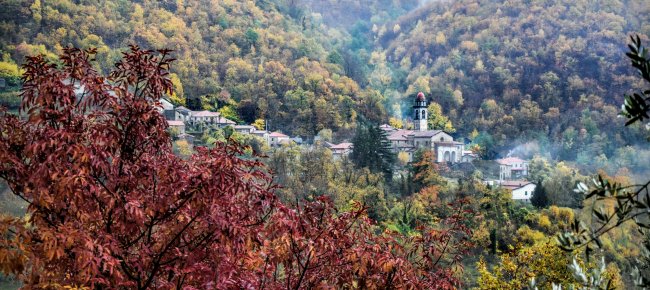
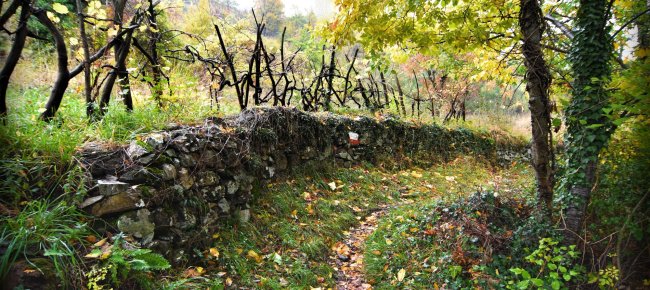
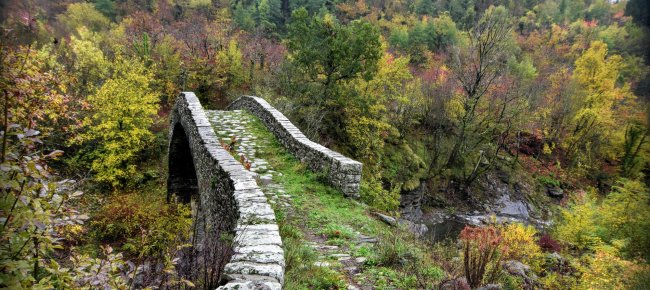
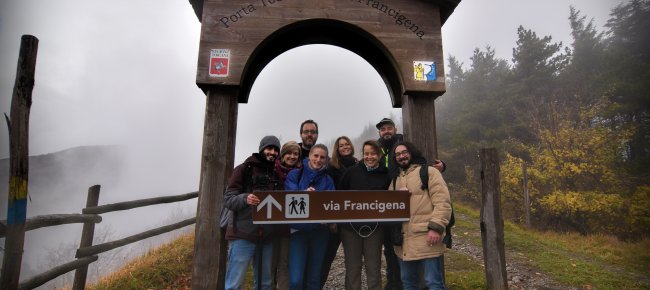
From Cavezzana D'Antena to Groppoli
If you follow the mule track downward, you’ll arrive in Cavezzana D’Antena, a depopulated hamlet surrounded by turkey oaks on the left bank of the Civasola brook, which is crossed by a bridge that serves as the entry point from the Via Francigena into the village; from here, you can reach a natural hot spring of sulfurous water in a nearby meadow.
Continuing to walk to the next burg, you’ll reach Groppoli, noteworthy for the numerous discoveries of the mysterious Statue Stele that have taken place there; these statues were created by a prehistoric civilization that lived in a different area of the Lunigiana region between the third millennium and the sixth century BCE. At the top of the village, you’ll find a medieval castle built by the ancient and noble Malaspina dello Spino Secco family.
Previdè and the Devil Bridge
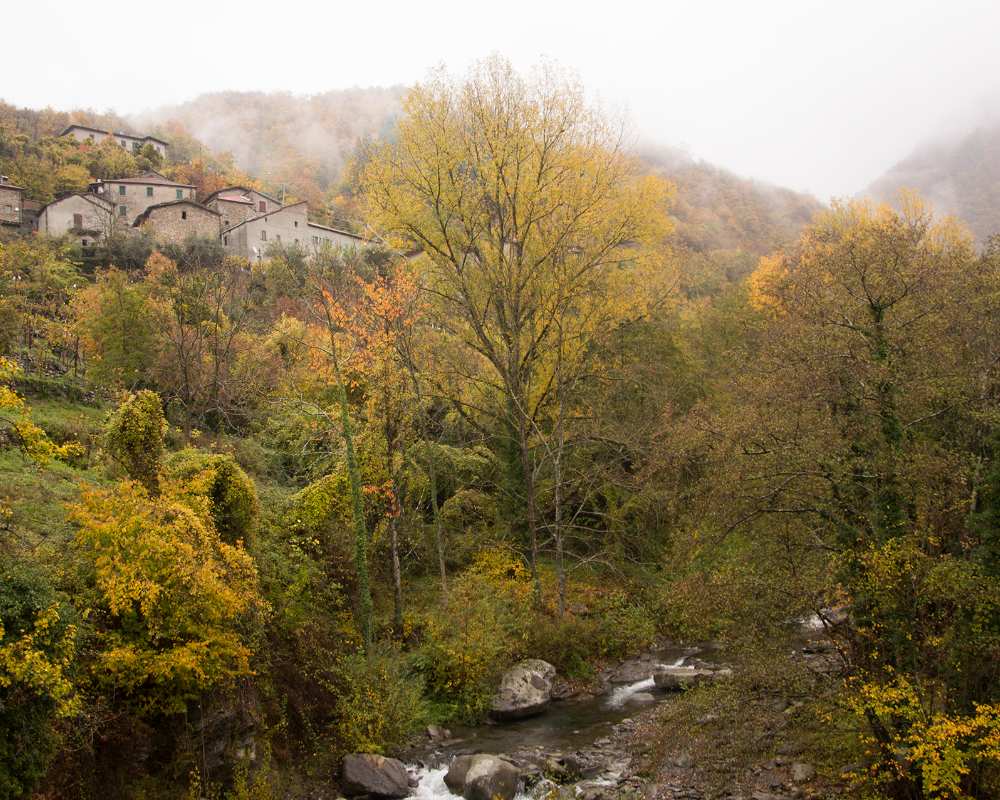
Previdè is the last burg along this stretch. Its name has Latin origins (Prae Videns), which means See before. Fittingly, from here in the past people were able to control the trade roads passing through the valley. The village today is home to barely over a dozen residents, but in the past it was an important center. This is evident in the fact that there is still a house that probably belonged to the local governor, plus a building for the guards. At one time there was also a squared tower: from the top of the tower, people could keep watch and use fire signals to alert nearby hamlets about the arrival of Saracens looking for loot. Girls and boys would hide from the Saracens in some grottoes in the nearby village of Groppodalosio, known for the popular and iconic “Devil Bridge”, but this is another story…


